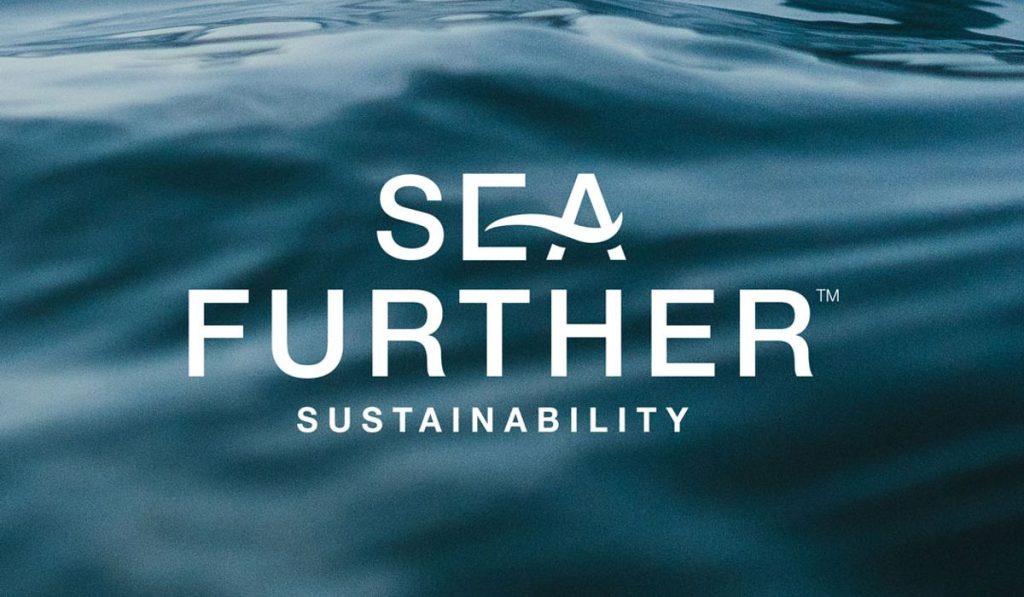
SeaFurther: will reduce carbon footprint in aquaculture
Cargill’s new sustainability program “SeaFurther” builds on the company’s climate change commitments, focusing on responsibly-sourced feed, fish health and welfare to strive for a more sustainable future for the world’s oceans. With SeaFurther, Cargill sets concrete goals to reduce carbon footprint by 30 percent thoughout the value chain.
Cargill partners with farmers to protect oceans, a vital ecosystem where the company helps to grow and move food around the world.
Cargill’s latest initiative, SeaFurther™ Sustainability, will help aqua farmers raise more sustainable seafood with less environmental impact. It is part of the company’s overall carbon commitment, with a science-based scope 3 target to reduce greenhouse gas emissions by 30 percent per tonne of food by 2030. SeaFurther alone will help save two billion kilograms of CO2 by 2030, which is the equivalent of removing more than 400,000 cars from the road.
“With SeaFurther Sustainability we are charting a new bold course, one that makes aquaculture better for our planet,” said Pilar Cruz, president and group leader for Cargill Aqua Nutrition. “Seafood consumption is rising globally. We want to meet that demand; increasing production while decreasing environmental impact. By working closely with farmers to source sustainable ingredients, improve farm productivity and ensure fish welfare, Cargill is redefining aquaculture’s role in helping the world thrive.”
Reducing the climate impact of aqua farming and feed
Cargill’s SeaFurther program will start with salmon farmers, who are focused on the role they play in ocean stewardship and addressing the sustainability of food systems, especially with relation to climate change.
“We are excited to see a clear commitment from Cargill that is focused on the needs to reduce the environmental footprint of salmon,”said Stian Amble, Biology and Quality Advisor, Nova Sea. “Delivering more sustainable aquaculture will require the value chain to align on key goals and work together to deliver on them. By agreeing on the value of the changes that are required, we can deliver true transformation to become more sustainable more quickly and at greater scale.”
Through SeaFurther Sustainability, Cargill is setting the goal to reduce the footprint of farmed salmon 30% by 2030. Today, feed represents up to 90% of a salmon’s environmental footprint. To reduce this climate impact and enable salmon farmers to provide consumers with sustainably raised seafood options, SeaFurther is focused on:
- Sourcing — Cargill’s feed is designed to minimize the environmental footprint of aquaculture. We work closely with our suppliers to grow responsibly-sourced ingredients and supply chains while finding ways to reuse by-products, like fish trimmings that would normally be discarded, whenever we can. Together, we strive to identify and source novel ingredients that create even more sustainable feed, helping our customers and partners achieve our shared sustainability goals – and meet global consumer demand.
- Maximizing — Cargill knows aqua sustainability happens at the farmer level. Utilizing its extensive aquaculture feed experience, Cargill helps farmers do more with less to increase efficiency and maximize production while decreasing their impact on the planet.
- Caring — Consumers want to know how their protein was raised and animal welfare must be at the center of any sustainability program. SeaFurther intends to safeguard farmed fish through nutrition solutions that protect and promote animal health, reducing the use of resources and the impact on the ocean at large.
While the company is starting with salmon, SeaFurther will expand, with an intent to add other species, like shrimp in the near future. This initiative builds on Cargill’s extensive supply chain efforts which center around the belief that agriculture is how we’ll feed a growing population while protecting our earth’s resources.
Protecting Our Oceans, from feed to transportation
SeaFurther joins a fleet of Cargill’s strategic partnerships, investments, research and technologies aimed at protecting oceans. Cargill is leading the way in reducing the environmental impact of global bulk shipping in line with the International Maritime Organization’s target to reduce decarbonize shipping by at least 50 percent by 2050
“The health of the world’s salmon is ultimately linked to the health of our oceans,” said Jan Dieleman, president of Cargill’s Ocean Transportation business. “Large-scale carbon reduction requires commitment across the global supply chain and we’re working with partners to develop solutions to reduce our impact on the environment. As one of the world’s largest vessel charterers, Cargill continues its push to reduce emissions and raise industry standards.”
Since the end of 2019, Cargill has installed around $3 million USD worth of energy saving equipment onboard some of our long-term time charter vessels. Cargill is also a strategic partner of ZeroNorth, a tech start-up that provides digital tools that improve vessel performance and reduce fuel consumption. In 2020, Cargill partnered with BAR Technologies to bring their WindWings – large, solid wing sails that measure up to 45 meters in height – to the deck of bulk cargo ships to harness the power of the wind and reduce CO2 emissions by as much as 30 percent.
“Cargill has an opportunity to drive real, positive climate impact for people and the planet,” said Cruz. “With our global footprint and view across supply chains, sustainable oceans and sustainable seafood can become a reality if we are all in, partnering with farmers, working across the industry and pulling in the same direction.”
